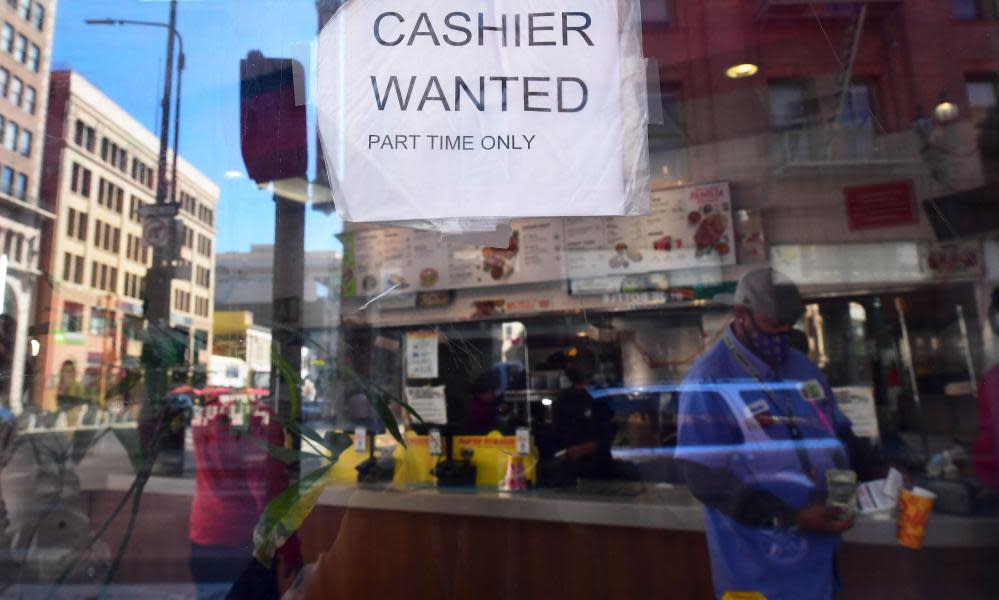US adds 517,000 jobs in January in huge gain for labor market

The US job market added 517,000 jobs in January, a huge gain for the labor market even as the Federal Reserve has pushed up interest rates to bring down inflation and try to temper hiring.
Meanwhile, the unemployment rate has held relatively steady at 3.4% – a 0.1% decrease compared to last month. Economists had expected the unemployment rate to rise slightly last month, but the rate still remains on par with what was seen before the pandemic. The rate is a 53-year low, according to Bloomberg.
Far higher than what economists expected, January’s growth in the job market is an acceleration of activity in the job market which, while showing signs of cooling at the end of last year, is still growing. December saw 223,000 jobs added to the labor market that, while still an overall increase, was lower than the average 539,000 new jobs a month that were being added at the beginning of 2022.
Predictions that the labor market was cooling was led by multiple data points published this week that showed jobs were being added to the economy, but at a slower pace than previous months. ADP, the US’s largest payroll supplier, reported on Wednesday that private employers added 106,000 jobs in January, less than half the jobs that were added by private employers in December.
ADP partly attributed the slowdown to poor weather interrupting work in December, according to ADP.
“In January, we saw the impact of weather-related disruptions on employment during our reference week,” ADP chief economist Nela Richardson said in a statement. “Hiring was stronger during other weeks of the month, in line with the strength we saw late last year.”
Meanwhile, the labor department released data this week that showed a continued rise in job vacancies in December, with 11m job openings last month compared to 10.4m in December.
The recent figures show resilience in the job market even as the Fed continues to hike interest rates to bring down record levels of inflation.
Inflation finally started to ease in the second half of last year, with the inflation rate reaching 6.5% in December and the month-over-month cost of living dropping for the first time since May 2020. On Wednesday, the Fed increased interest rates by a quarter point – its smallest increase since it started raising rates last March – raising interest rates to 4.5% to 4.75%.
The Fed chair, Jerome Powell, indicated on Wednesday that despite the decrease in inflation, the central bank will continue to increase rates “a couple more” times in the future as it looks to bring down inflation even more.
“I would say it is a good thing the disinflation we have so far has not come at the expense of a weaker labor market,” Powell said on Wednesday. “But I would say the inflationary process you see under way is really at an early stage.
“We covered a lot of ground, and the full effects of our rapid tightening so far are yet to be felt. Even so, we have more work to do.”
There are some signs that the labor market could tighten more in the coming months. Amid layoffs from tech firms like Amazon, Meta and Google, employment firm Challenger, Gray and Christmas reported an increase in job cuts in January, with cuts rising to 102,943 in January, up from 43,651 cuts in December.

 Yahoo Movies
Yahoo Movies 
